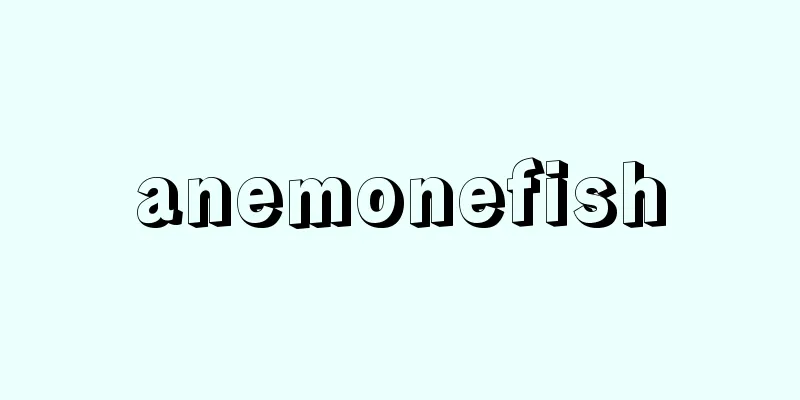Yunnori (English spelling)

|
A traditional Korean game similar to Sugoroku, also written as "Tsugoki". It is mainly played during the New Year holidays, and is still popular in Korea today. Yut (柶) consists of four kamaboko-shaped pieces of wood split vertically from a stick 10-15 cm long and 2-3 cm in diameter, which are thrown into the air with a shout, and the score is determined by which side is on when the piece falls. The pieces on the board, called "Horse Fields", are moved according to the score. Points are divided into five grades, with 3 hidden and 1 open (when one piece falls open) being called "To" (tu or pig), 2 hidden and 2 open being called "Ge" (open, dog), 1 hidden and 3 open being called "Kol" (jelly, chicken), and 4 open being called "Yut" (flow, cow). The number of open parts is the score, and 4 hidden is called "Mo" (mu, horse), which is 5 points. Source: Heibonsha World Encyclopedia, 2nd Edition Information |
|
すごろくに似た朝鮮の伝統的なゲームで,擲柶戯とも書く。主として正月に行い,今日も韓国では盛んである。柶(ユッyut)は長さ10~15cm,直径2~3cmの棒を縦に割ったかまぼこ形の木片4個で,これを掛声とともに空中に投げ,落ちたときの表裏の出方で点数がきまり,点数に応じて馬田と称する図上の駒を進める。点数は5級に分け,3伏1仰(1個が開いて落ちた場合)をト(徒または豚),2伏2仰はケ(開,犬),1伏3仰をコル(杰,鶏),4仰をユッ(流,牛)といって,それぞれ仰の数が点数となり,4伏はモ(牟,馬)で5点。
出典 株式会社平凡社世界大百科事典 第2版について 情報 |
Recommend
Silver coin - Gingen
In the late Qing Dynasty and the Republic of China...
Carboxylic acid ester - Carbohydrate ester
...For example, there are two types of esters of ...
Song of the Sea
...Songs about mountaineering, grass-cutting, tre...
Blue Narihira - Blue Narihira
...It is widely cultivated for ornamental purpose...
Lake Motosu
It is one of the Fuji Five Lakes, located on the ...
Liu Yu (English spelling)
[Birth] Gentoyo 1 (1078) [Died] 3rd year of the Im...
O'Mahony, J.
...The Fenian Brotherhood was formed in the Unite...
ledung
...However, in Denmark, where village communities...
Any Dunia - Any Dunia
...However, the origin of modern Odessa is the se...
Old Year - Ootoshi
(Also called "Oodoshi") New Year's E...
Minase Family - Minaseke
They are descendants of Michitaka, the son of Kane...
Fornix - Engai
〘noun〙① The sky. The heavens. ※Sankyo Shiki (c. 79...
Clay tablet document - Nendobanmonjo (English spelling) clay tablet
A general term for clay tablets, which were used a...
bouldering
...And as a result, this led to the success of Ja...
Common German - Common German
...However, the language gradually became uniform...









